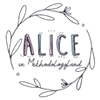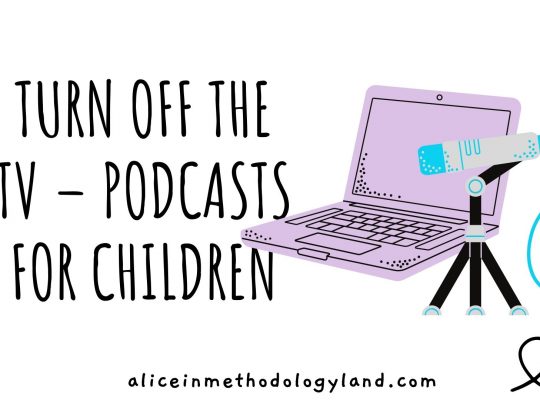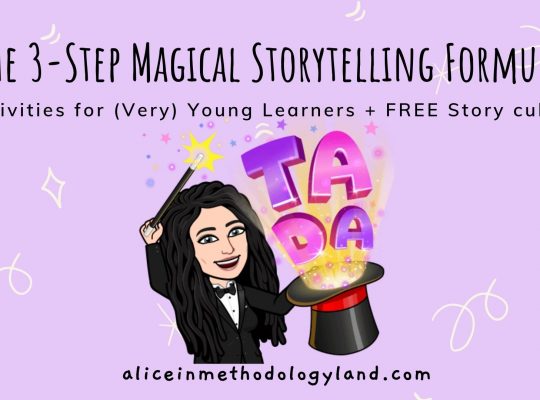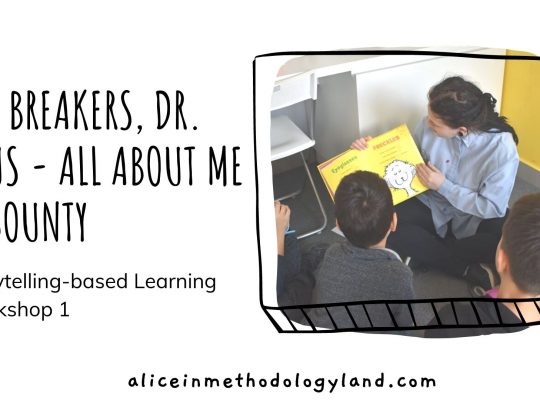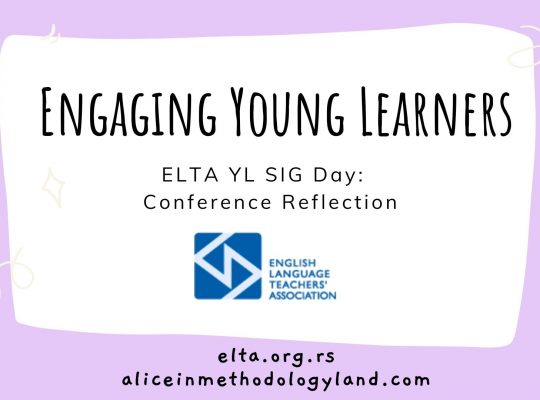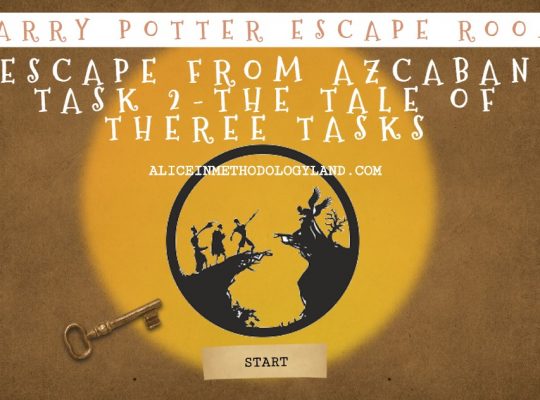It is known that early language acquisition has to happen naturally, but how exactly can TEYL teachers help young learners learn a language?
The situation in the past decade
Over the past decade, many things have changed in the global education system. One of the most significant changes for us, as ESL teachers, is that the age of compulsory English is lowered throughout the globe. But, unfortunately, English has become a compulsory target language in many primary schools, even in countries where the parents could choose the language for their children.
The main reason for this is the growing demand for English to develop language skills, attend foreign education courses, and acquire more quality education. The second reason, but equally important, is a greater employment possibility in the native speaker’s country and abroad. But, most importantly, studies have shown the benefits of early language learning in many areas of children’s lives, and the parents started noticing that.
English as a lingua franca
All of these changes have impacted the education systems globally, making English a lingua franca. English has become an international language, and in many countries, English is no longer considered a foreign language. According to Crystal (2012), the number of non-native speakers is currently three times bigger than native English speakers.
There are countless advantages to starting English language instruction early. For example, Penfield and Roberts (1959) were among the first linguists to connect early language acquisition and native-like proficiency. In other words, there is a ‘critical period’ before the learners hit puberty, which enables them to adopt a foreign language seamlessly, in a similar way as they acquired their native language. Other notable benefits of the early start when it comes to language learning are:
- Evolving multiple intelligences,
- Becoming globally aware and interculturally competent,
- Developing greater mental flexibility, greater problem-solving capacities derived from bilingualism and many more.
On the other side, there are almost no disadvantages of early language instruction. For instance, some parents argue with this opinion out of fear that their children will become so immersed in the foreign culture and neglect their own national heritage, but that rarely happens.
Although there are no disadvantages of starting English language instruction at an early age, we cannot rely solely on the early start to develop greater proficiency in our students. Certain factors affect the TEYL policy and its implementation.
The prerequisites for success in second language acquisition include:
- Effective YL program models,
- Culturally appropriate materials,
- Continuity of curriculum between primary and secondary English,
- Appropriately trained teachers, which is currently a major issue in the foreign language classroom in our country.
The right conditions for learning
According to Read (2003), we need to develop the right conditions for successful primary ELT in primary schools. Some of these conditions are:
- Contextualized and authentic learning activities;
- Relevant, purposeful and hence enjoyable activities;
- Multisensory, active and memorable lessons;
- Diversity according to multiple intelligence theory, and possibly the most important condition – positive and relaxing learning environment.
The age of compulsory English education in our country has also lowered, but the significance of the early start is very much misconstrued. This is done merely to follow current foreign language trends and not for the sake of easier second language acquisition. Most importantly, proper early English language instruction exists only in theory. The teachers are not educated enough to plan and conduct a quality lesson, and most of them do not comprehend the basics of foreign language teaching methodology.
To conclude
After considering all these factors, changes, and implementations in the global education system and our own education system, we can conclude that we are barely in the beginning phase when it comes to enhancing early language instruction. The demands are immense, but the education system capacities are far too low. Therefore, we still need to see the full potential of early second language acquisition, hopefully in the not-so-distant future.
If you open the Padlet board shared below, you will see many videos and resources shared by Joan Khan Shin, the author of the TEYL coursebook for teachers. You can use all the materials to revise and study further. I hope that the resources can help TEYL teachers learn more about second language acquisition early.
Resources:
- Savic, V. (2018). Introduction to Teaching English to Young Learners, PPT
- Shin, J. K. & Crandall, J. (2014). Teaching Young Learners English: From Theory to Practice. Boston: Heinle ELT, Cengage Learning.
- Enever, J. & Moon, J. (2009). New global contexts for teaching Primary ELT: Change and challenge. In Enever, Moon & Raman, Young Learner English Language Policy and Implementation: International Perspectives, 5-21. Reading: Garnet Publishing.
- Walker, J. (2014). English Mania. TED Talk at https://www.ted.com/talks/jay_walker_on_the_world_s_english_mania?language=en#
What do you think about learning English at a young age? What are the prerequisites for success in early language acquisition in the TEYL classroom? Can effective lesson planning enhance learning? Let me know in the comments!

Let me know in the comments or via the contact page what do you think of this topic. Which methods and activities do you use? How can we make classrooms without borders and promote interculturalism?

Click here to explore my store where 99% of materials are forever free!
All the materials except lesson plans and 30+ page interactive activity books will be free FOREVER! Why? Because sharing is caring, and 2020 hasn’t been kind to all of us. Please consider donating so I can keep making FREE materials for everyone and keep my website open for all of you.
Don’t forget to leave a review when you download materials! It’s just a minute of your time, and it means a lot to me.
P.S. The store and the freebie library are not the same thing – the freebie library has some extra materials like conference presentations and webinar recordings which are not available in the store ✨
The subscription link for the store is below my bio in every post. ?
